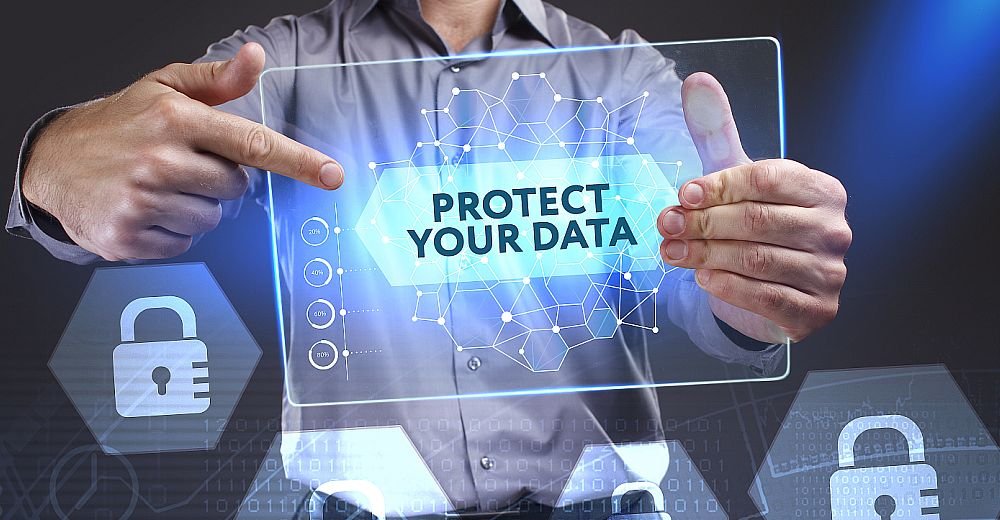In today’s digital age, where the internet plays a significant role in our daily lives, safeguarding our digital identity has become more crucial than ever before. With cyber threats and privacy breaches on the rise, it is essential to adopt best practices for online privacy. This article will explore various strategies and techniques to help you protect your digital identity effectively.
- Strong and Unique Passwords
One of the fundamental aspects of online privacy is having strong and unique passwords. Many people make the mistake of using the same password across multiple accounts, making them vulnerable to hacking. Create a password that includes a combination of upper and lowercase letters, numbers, and symbols. Moreover, use a password manager tool to generate and securely store your passwords.
- Two-Factor Authentication (2FA)
Implementing two-factor authentication adds an extra layer of security to your online accounts. With 2FA, you need to provide a second verification factor, such as a unique code sent to your mobile device, in addition to your password. This ensures that even if someone manages to obtain your password, they still won’t be able to access your accounts without the second factor.
- Regular Software Updates
Keeping your operating system, web browsers, and applications up to date is essential for maintaining online privacy. Software updates often include security patches that address vulnerabilities and protect your system from potential threats. Enable automatic updates whenever possible to ensure you have the latest protection against emerging risks.
- Secure Wi-Fi Connections
Using public Wi-Fi networks can expose your digital identity to prying eyes. Hackers can easily intercept your data on unsecured networks, potentially compromising your privacy. When accessing the internet outside your home, always use a virtual private network (VPN) to encrypt your data and ensure a secure connection.
- Be Cautious with Personal Information
Be mindful of the personal information you share online. Avoid providing unnecessary personal details on social media platforms and other websites. Cybercriminals can exploit this information to carry out identity theft or other malicious activities. Only share sensitive information on trusted websites that have secure encryption protocols in place.
- Privacy Settings and Permissions
Take the time to review and adjust the privacy settings and permissions of your online accounts and applications. Many platforms default to less secure settings, so it’s important to customize them according to your preferences. Limit the amount of personal information visible to others and only grant necessary permissions to applications.
- Phishing Awareness
Phishing is a common technique used by cybercriminals to trick individuals into revealing sensitive information. Be cautious of suspicious emails, messages, or links that ask for personal or financial data. Avoid clicking on unknown links and never provide confidential information unless you are certain of the source’s authenticity.
- Regular Data Backup
Backing up your data regularly is essential in protecting your digital identity. In the event of a security breach or system failure, having backups ensures that your important files and information are safe. Consider using cloud storage or external hard drives for secure data backups.
- Secure Online Shopping
When making online purchases, prioritize secure websites that have SSL encryption. Look for the padlock symbol in the address bar to ensure that your connection is encrypted. Additionally, use reputable payment methods, such as PayPal, to provide an extra layer of security for your financial transactions.
- Social Media Awareness
Social media platforms can be a treasure trove of personal information. Be cautious about the content you post and the information you share on these platforms. Adjust your privacy settings to limit who can view your posts and be mindful of accepting friend requests or connections from unknown individuals.
Conclusion
Protecting your digital identity is paramount in today’s interconnected world. By implementing these best practices for online privacy, you can significantly reduce the risk of cyber threats and safeguard your personal information. Remember, online privacy is an ongoing effort, and staying informed about the latest security measures is crucial. Stay updated on new privacy features and practices to ensure that your digital identity remains protected.
By adopting strong and unique passwords, enabling two-factor authentication, keeping your software up to date, and using secure Wi-Fi connections, you can create multiple layers of defense against potential threats. Being cautious with the personal information you share, customizing privacy settings and permissions, and staying vigilant against phishing attempts further fortify your online privacy.
Regularly backing up your data and prioritizing secure online shopping practices add an extra layer of protection to your digital identity. Finally, exercising caution and being mindful of the information you share on social media platforms can help prevent identity theft and other privacy breaches.
Remember, protecting your digital identity requires a proactive approach. It’s essential to stay informed about the latest privacy trends and to adapt your practices accordingly. By implementing these best practices and staying vigilant, you can enjoy a safer and more secure online experience.
Take control of your digital identity today and prioritize your online privacy.



